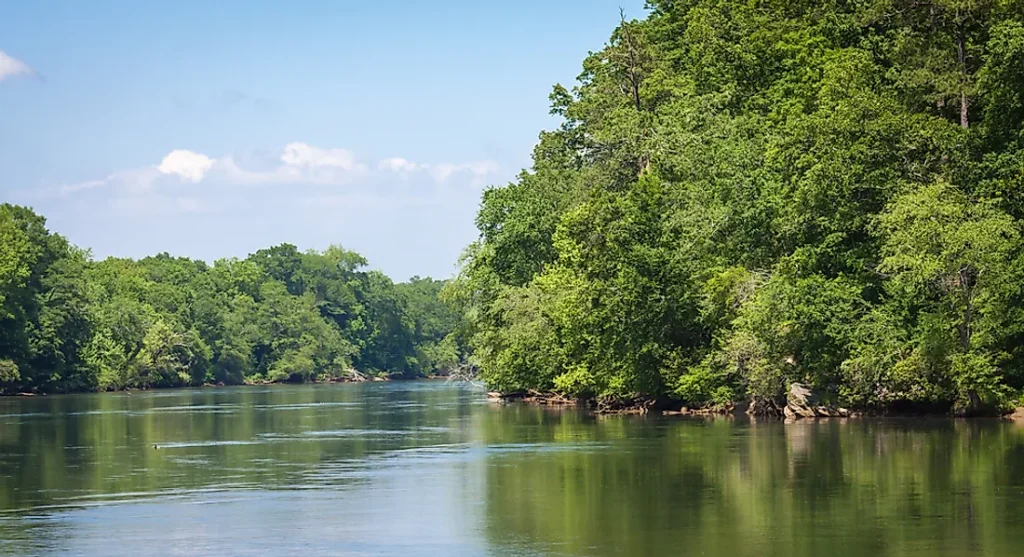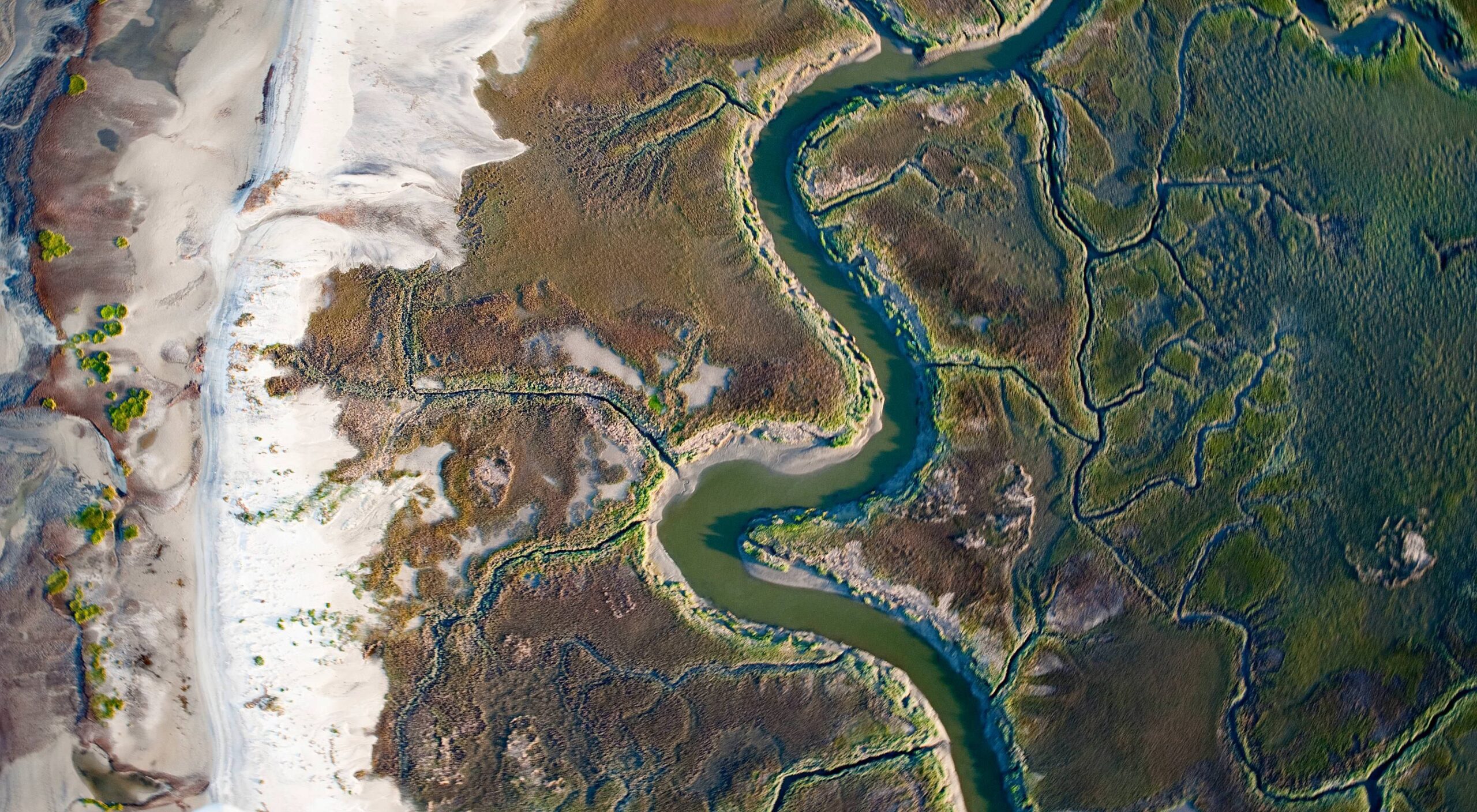Did you know that Georgia is home to one of the most extensive river systems in the southeastern United States? While many rivers flow through the state, only one holds the title of the largest river entirely within Georgia. In this article, we’ll explore the largest river located entirely in Georgia, its history, geographical importance, ecosystem, and more. If you’re a nature enthusiast, geography buff, or just curious about Georgia’s natural wonders, keep reading to uncover fascinating details about this remarkable river.
What is the Largest River Located Entirely in Georgia?

The Flint River is the largest river that is completely within the state of Georgia. Stretching approximately 344 miles, it originates in the Atlanta metropolitan area and flows southward through the state before joining the Chattahoochee River to form the Apalachicola River. Unlike the Chattahoochee, which crosses into Alabama and Florida, the Flint River remains entirely within Georgia’s borders, making it the state’s most significant wholly-contained waterway.
History and Origin of the Flint River
The Flint River has a deep-rooted history in Georgia’s development. Native American tribes, particularly the Creek Nation, relied on the river for survival, trade, and travel long before European settlers arrived. The river’s name originates from the flint rocks that line portions of its riverbed, which were historically used to create tools and weapons.
During the 19th and 20th centuries, the Flint River played a crucial role in Georgia’s agricultural and industrial expansion. It provided water for farming, powered early mills, and later became a critical resource for hydroelectric projects.
Geography and Course of the Flint River
The Flint River begins in Clayton County, near Hartsfield-Jackson Atlanta International Airport. It flows southward through central and southwestern Georgia before merging with the Chattahoochee River. Key geographical highlights along its course include:
- Upper Flint River: Characterized by rocky shoals and scenic waterfalls.
- Middle Flint River: Passes through fertile farmlands and small towns, providing essential irrigation for agriculture.
- Lower Flint River: Features extensive wetlands and swamps, contributing to Georgia’s rich biodiversity.
Wildlife and Ecosystem of the Flint River
The Flint River supports a diverse ecosystem, providing habitat for numerous plant and animal species. Some notable wildlife includes:
- Fish Species: The river is home to bass, catfish, and the rare shoal bass, a species found only in a few Southeastern rivers.
- Birds: Ospreys, herons, and bald eagles frequently nest along the river’s banks.
- Mammals: River otters, beavers, and deer are common in the surrounding woodlands.
- Reptiles and Amphibians: The river supports various turtle species, including the endangered alligator snapping turtle.
The Flint River also sustains Georgia’s vast wetlands, which play a crucial role in water filtration, flood control, and supporting aquatic life.
Environmental Challenges and Conservation Efforts
Despite its importance, the Flint River faces numerous environmental challenges, including:
- Drought and Water Overuse: Urban expansion and agricultural irrigation have significantly reduced the river’s water levels over time.
- Pollution: Industrial waste and agricultural runoff have impacted the river’s water quality.
- Habitat Destruction: Deforestation and construction near the river have led to erosion and loss of critical wildlife habitats.
Several conservation organizations, such as the Flint Riverkeeper, work tirelessly to protect and restore the river. Efforts include advocacy for responsible water management, pollution control programs, and public education on environmental preservation.
Recreational Activities on the Flint River
The Flint River is a popular destination for outdoor enthusiasts. Some of the most common recreational activities include:
- Kayaking and Canoeing: The river’s varied landscapes offer exciting paddling experiences, from calm waters to challenging rapids.
- Fishing: Anglers enjoy catching bass, catfish, and other freshwater species.
- Camping: Several parks and campgrounds along the river provide scenic spots for overnight stays.
- Wildlife Watching: Nature lovers can observe a rich variety of birds, mammals, and aquatic life in and around the river.
Interesting Facts About the Flint River
- The Flint River is one of only 40 rivers in the United States that remains free-flowing for more than 200 miles without dams or major obstructions.
- The river has been featured in literature, including in the works of Georgia-born author Flannery O’Connor.
- Several Civil War battles took place near the Flint River, adding to its historical significance.
- The river contributes to the Apalachicola-Chattahoochee-Flint (ACF) River Basin, a critical water source for Georgia, Alabama, and Florida.
Conclusion
The Flint River stands as Georgia’s largest river entirely within the state, offering historical significance, ecological importance, and recreational opportunities. However, it also faces environmental threats that require ongoing conservation efforts. By understanding and appreciating this natural resource, we can contribute to its protection for future generations.
If you found this article informative, be sure to share it with fellow nature lovers! For more insights into Georgia’s natural wonders, visit Georgia Guider.










